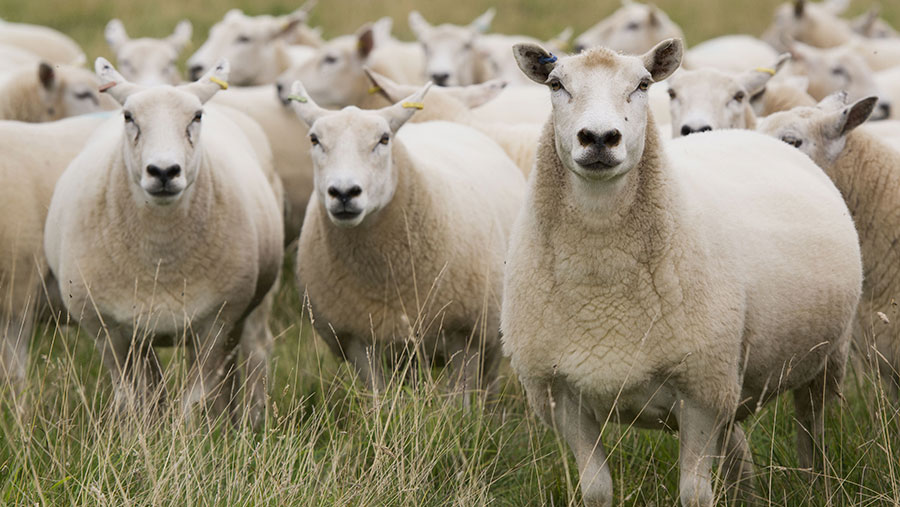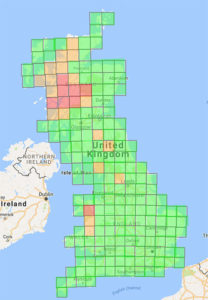Wetness scores reveal Scottish and Welsh liver fluke threat
 © FLPA/Wayne Hutchinson/REX/Shutterstock
© FLPA/Wayne Hutchinson/REX/Shutterstock
A low acute fluke risk is predicted for the UK this autumn, barring areas of Scotland and Wales.
This is according to the first preliminary fluke forecasts based on rainfall data from last year and the early summer of 2017 by National Animal Disease Information Service.
Wetness scores
New “wetness scores” are being calculated this year for 40sq km areas across the UK to complement rainfall and evaporation data used to calculate annual liver fluke forecasts.
Liver fluke risk will be shown as low (green), medium (amber) or high (red).
“Even within these gridded areas, local circumstances can vary,” warns parasitologist Mike Taylor. “It’s advisable to contact your vet for further information and advice.”
Professor Taylor said July temperatures were above averages in southern areas but were cooler in Scotland.
See also: Parasite Watch: Wet weather increases early fluke risk
The Nadis parasite forecast said rainfall in central, southern and south-east England was in many cases double average levels in July.
“Warm, wet weather leads to a build-up of infective worm larvae and an increased risk of parasitic gastroenteritis. Continued high rainfall data could lead to a high risk of liver fluke disease later this year,” said Prof Taylor.
He added the entire digenetic – liver fluke living on mud snail and in sheep or cattle – lifecycle takes about 17-18 weeks and that farmers can see eggs in faeces about 10-12 weeks after infection.
Medium and high-risk fluke areas
 Wales
Wales
- High risk Central Snowdonia
- Medium risk Southern Snowdonia and north and eastern Cardiganshire
Scotland
- High risk Mull and east to the Loch Linnhe, Glencoe and Dalmally areas and north to Fort William and Loch Quoich
- Medium risk North western mainland Scotland from the Sound of Mull through Inveness-shire and into Sutherland, Central Borders
England
- Medium risk Lake District, Western Northumberland and southern Yorkshire Dales.
Quarantining bought-in stock
Professor Taylor recommends farms use the house, treat and test policy when quarantining newly bought sheep or cattle.
Breeding ewes or rams purchased at sales require quarantine treatments, with best practice being sequential full-dose treatments of either monapantel or dirquantel with injectable moxidectin upon arrival on the farm.
Sheep should then be quarantined for 24-48 hours and then graze pasture recently grazed by home sheep.
He said resistance in cattle is still uncommon but some herds are resistant to the macrocylic lactone (3-ML).
“In these instances, farms are advised to treat bought-in stock with levamisole or bezamidazole.”
Managing liver fluke in the autumn
- Keep sheep and cattle off wet fields from late August onwards
- Vaccinate lambs against clositrdial diseases as migrating flukes can predispose lambs to black’s disease (infectious necrotic hepatitis)
- Seek advice about treating immature fluke in September
- Triclabendazole in early autumn the drug of choice
- Later treatments can be with closantel or nitroxynil where triclabendazole resistance is proven/suspected
- Acute fluke is rare in cattle so ask vets about appropriate products
- Treating cattle at housing should be followed up with fluke tests and a secondary treatment if needed
